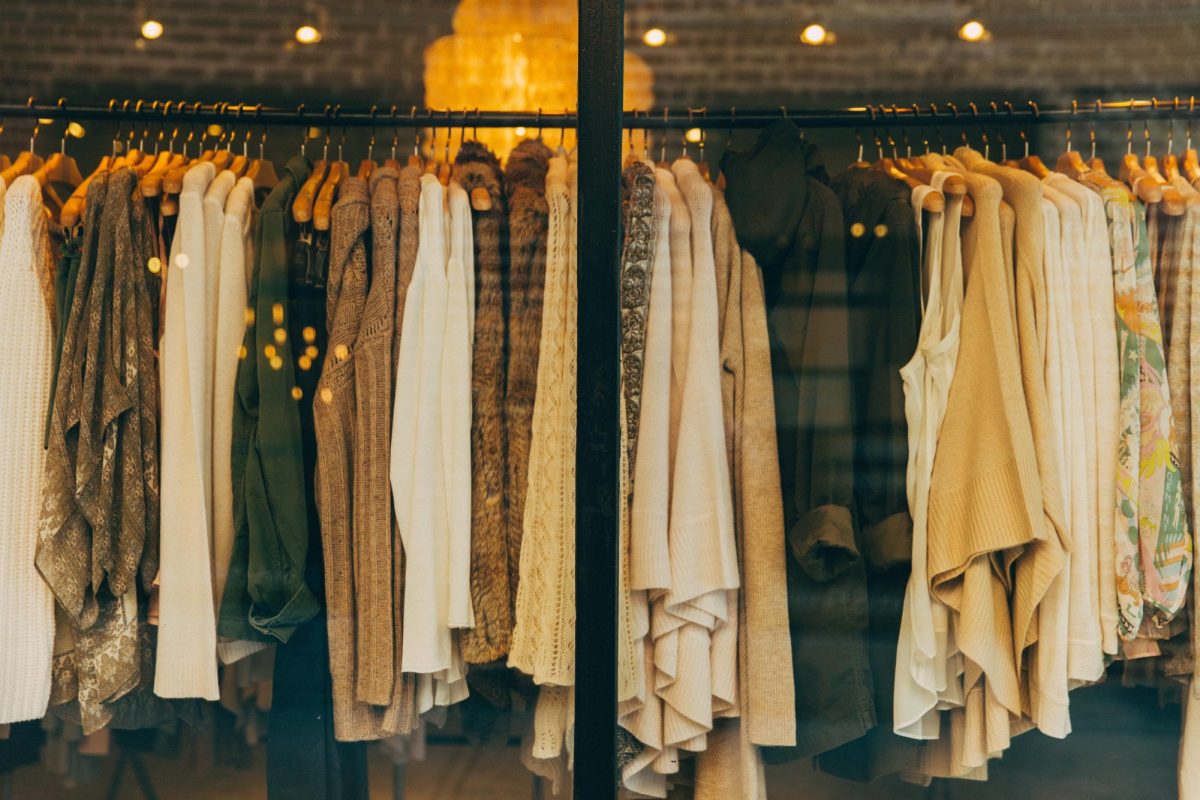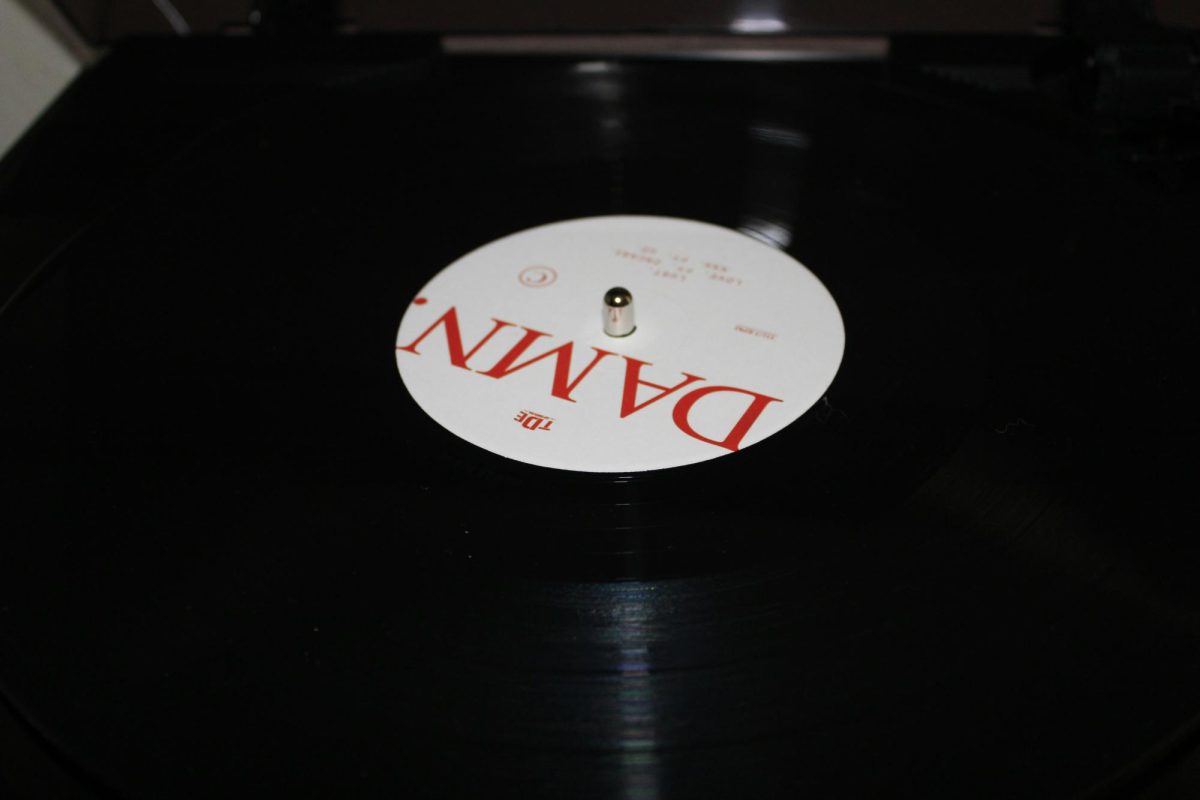Recently, it seems that everyone is a trend forecaster. This year, Tiktok fashion oracles predict shoulder-padded leather jackets will be the staple of fall, and patchwork jeans with a statement belt will gain popularity later this spring. All of these items are going to be found in local consignment shops collecting dust in a few months, and yet big brands continue to recycle old trends and consumers repeatedly fall into the trap of buying into them.
With the use of social media platforms like TikTok, people can rediscover old fashion trends much faster than before. For example, Y2K fashion, which encompasses styles from the early 2000s, has recently been coming back. Old trends such as this are now resurfacing, which has a lot to do with the “20-year rule.” This rule essentially means that old fashion trends come back every 20 years. It was true for Y2K fashion, and with the influence of social media, these trends are gaining even more popularity.
Due to the recent pandemic, fashion trend cycles are on hyperspeed. At one point, styles like the viral strawberry dress and Amazon corsets ruled TikTok users’ feeds, but now, anyone caught wearing those fashions would be considered “out of trend.” With the constant flow of new clothing and content, consumers feel the need to be on top of trends and spend hundreds of dollars on poorly made “disposable fashion” that will be out of style in weeks.
Junior Cate Stanziola of Ocean believes it’s not the platform that is creating the issue, but the users.
“I think that when people see a lot of these influencers online that have a lot of money and have a wasteful tendency with clothing, they think that in order to have good style or be on trend they need to constantly buy new clothes,” Stanziola said. “I think that’s very harmful to the environment and the psychological impact on people.”
However, big brands aren’t going to try and slow down the accelerated pace of these cycles. If anything, this cycle is putting more money into big corporations. To keep up with the demand of microtrends, fast-fashion brand Shein adds 2,000 to 10,000 new items every day, according to Time Magazine. On the flip side, this crushes the mental and physical health of Shein’s underpaid workers working 75-hour shifts a week to produce these items. It also hurts small business owners, who repeatedly find recreations of their work go viral, but with a large markdown and no credit to the original creator.
Looking back, every decade has its signature pieces. The ‘70s had bell bottoms, the ‘90s had its grunger flannel moments and the ‘80s had the neon windbreaker jackets. But when people look back on this decade in 20 years, all the clothes that were all the rage will be abandoned in landfills.
Sophomore Allison Lin of Middletown spoke about how she believes investing in timeless wardrobe can help prevent fashion taking over landfills.
“I think that if people stopped buying unnecessary and trending clothes and only bought what they actually needed, it would help prevent people from not wearing their clothes anymore and giving them away,” Lin said. “People should buy more basic clothing pieces to create a more timeless wardrobe and not one that is constantly changing.”










